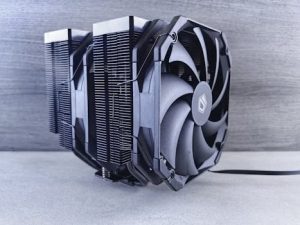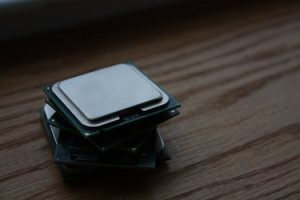Wind-Powered Personal Electronics: Renewable Energy Driving Personal Devices
With the increasing awareness about climate change and the need for sustainable energy sources, renewable energy has gained significant importance in recent years. Among the various renewable energy options available, wind energy has emerged as one of the most promising alternatives. The use of wind energy for personal electronics is a relatively new concept but has been gaining traction in the market. In this article, we will discuss the emergence of wind-powered personal electronics and its impact on the renewable energy industry.
The Journey of Personal Electronics
Personal electronics have become an indispensable part of our lives, from smartphones and laptops to fitness trackers and smart watches. These devices have not only made our lives easier but have also transformed the way we communicate and access information. However, with the widespread use of personal electronics, there is also a growing concern about their environmental impact due to their high energy consumption.
The production of personal electronic devices requires large amounts of energy, and their usage results in significant carbon emissions. According to a report by the International Energy Agency, approximately 9% of global electricity consumption was attributed to personal electronics in 2019. This has raised the need for more sustainable and eco-friendly alternatives for powering these devices.
Wind-Powered Personal Electronics
Over the years, we have seen significant advancements in the field of renewable energy, and wind energy has emerged as a highly efficient and cost-effective option. Wind energy is harnessed using wind turbines, which convert the kinetic energy of wind into electricity. This clean and renewable source of energy has now found its way into the personal electronics market with the introduction of wind-powered personal devices.
Wind-powered personal electronics work on the same principles as large-scale wind turbines but on a smaller scale. The devices are equipped with miniature wind turbines that harvest energy from the wind, storing it in a rechargeable battery to power the device. The technology is still in its early stages, but it has already shown promising results in terms of energy efficiency and environmental sustainability.
Efficiency and Reliability
One of the key advantages of wind-powered personal electronics is their efficiency. Unlike solar panels, which require direct sunlight for energy generation, wind turbines can produce electricity even with minimal wind speed. This makes them a more reliable option for powering personal devices, especially in areas with fluctuating weather conditions.
Moreover, wind power technology has also become more advanced and efficient in recent years. The latest wind turbines are capable of generating electricity with minimal noise and vibration, making them perfect for personal use. They can also easily be integrated into various types of devices without compromising their performance.
Sustainable and Eco-Friendly
The widespread use of personal electronics has raised concerns about their environmental impact, primarily due to their reliance on fossil fuels for energy generation. Wind-powered personal devices, on the other hand, are powered by a clean and renewable source of energy, reducing their carbon footprint significantly. This not only helps in mitigating the effects of climate change but also promotes a more sustainable way of living.
The Impact on the Renewable Energy Industry
The emergence of wind-powered personal electronics has opened up new opportunities for the renewable energy industry. With the increasing demand for sustainable energy sources, the market for wind energy is expected to grow significantly in the coming years. This, in turn, will lead to the development of more advanced and efficient wind turbines, making renewable energy more accessible and affordable for personal use.
Moreover, the integration of wind energy into personal electronics also has the potential to reduce the strain on the traditional power grid. As more and more people adopt wind-powered devices, there will be a decrease in the demand for electricity from conventional sources, reducing the overall carbon emissions.
Conclusion
In conclusion, with the increasing focus on renewable energy and the need for more sustainable alternatives, wind-powered personal electronics have emerged as a promising option. These devices not only offer greater efficiency but also contribute to reducing our environmental footprint. As the technology continues to develop, we can expect to see more wind-powered personal devices in the market, driving the growth of the renewable energy industry. It’s time to harness the power of the wind and make a positive impact on our planet, one personal device at a time.











